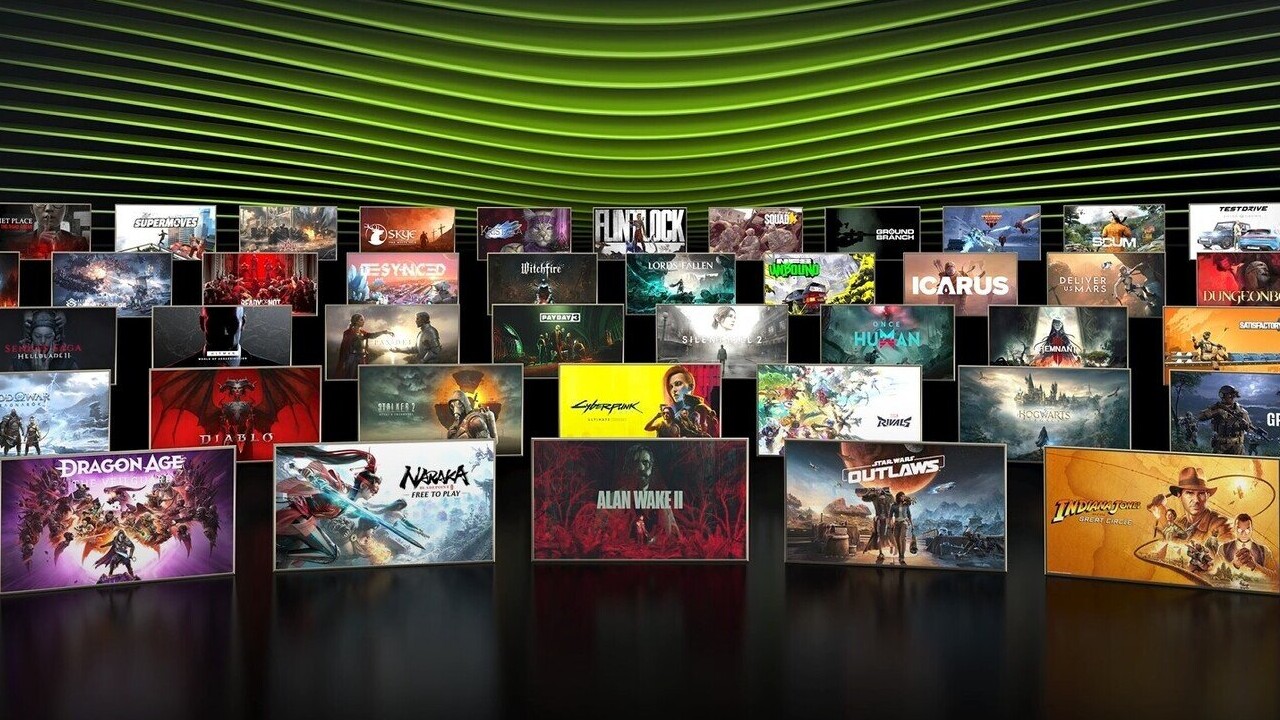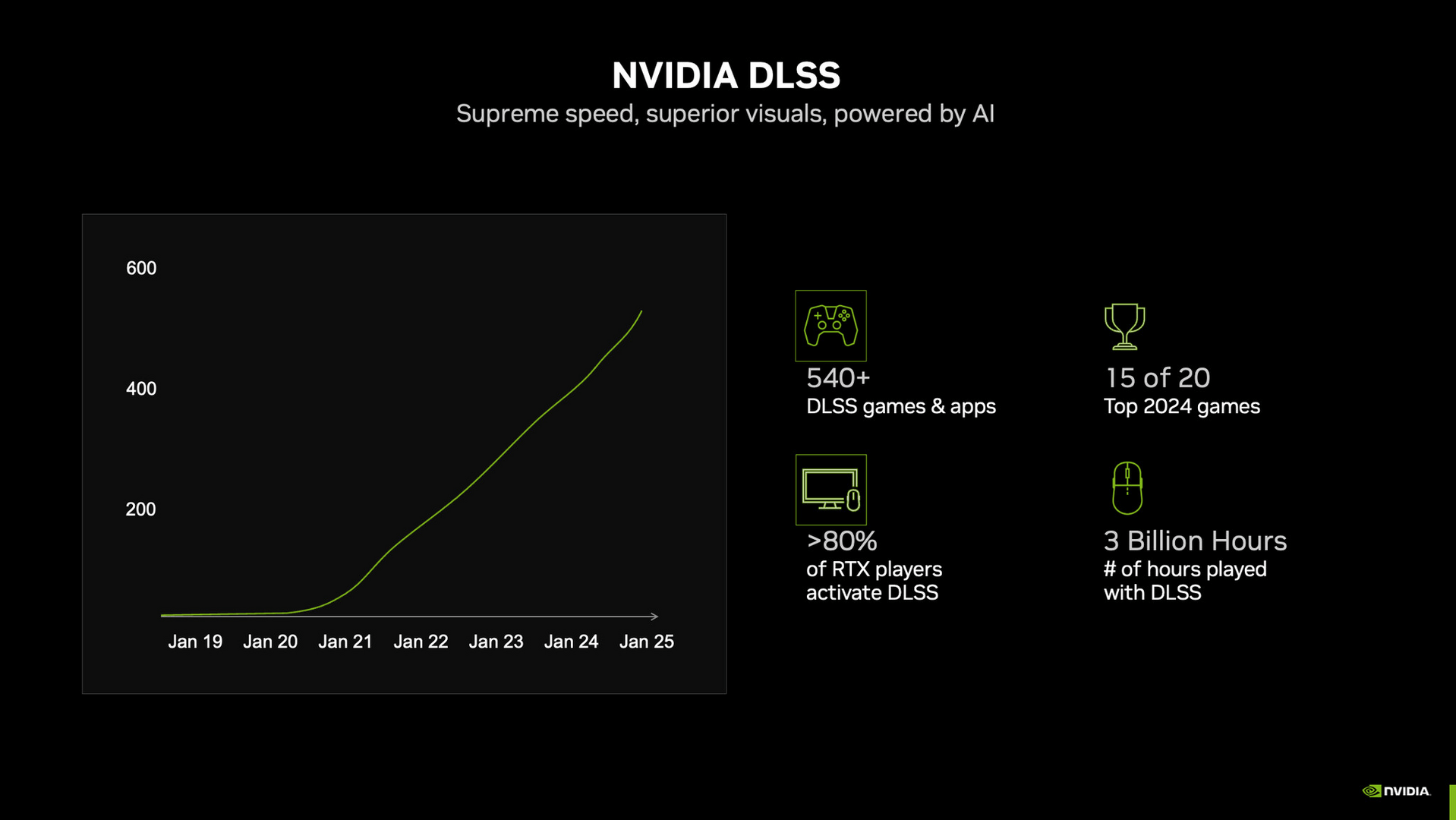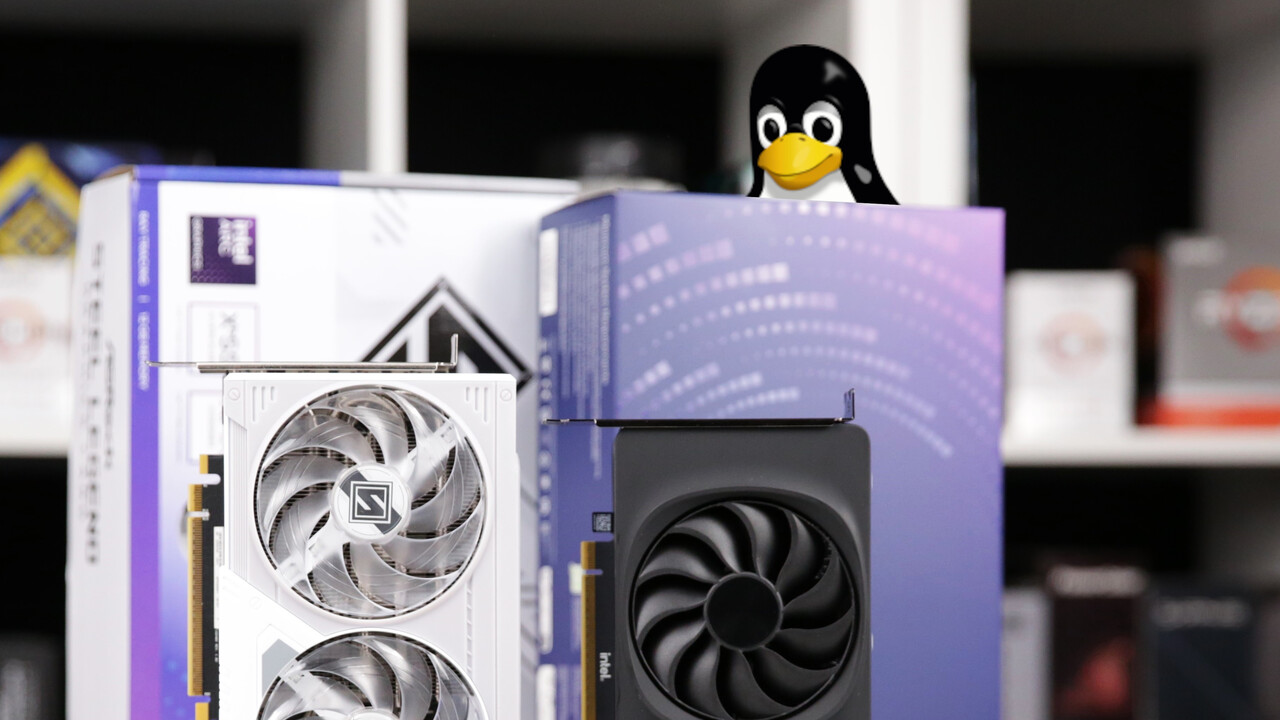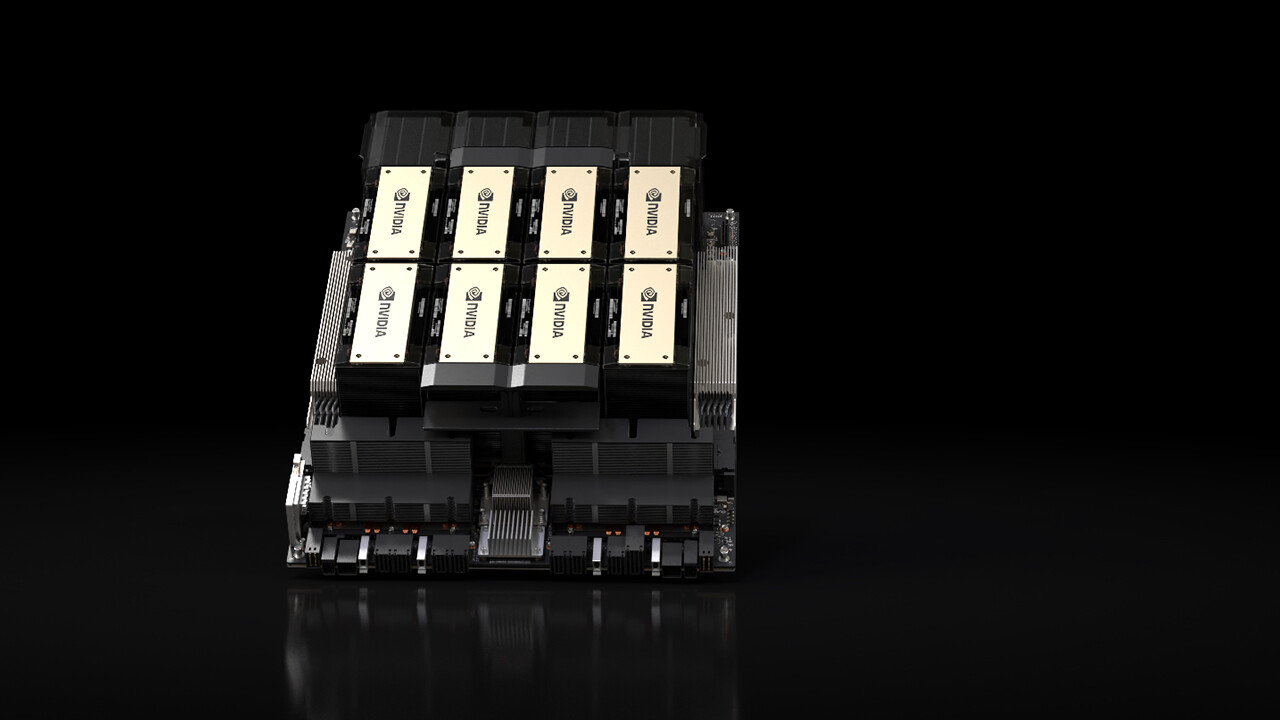Oversampling: four out of five RTX players use DLSS – also on CB? 148 comments

Image: Nvidia
As everyone knows, Nvidia is very confident in its own DLSS feature set. After CES, the manufacturer reiterated that more than 80% of gamers equipped with GeForce RTX graphics cards use DLSS. What does it look like here on the Techconseil forum? And does this also apply to DLSS frame generation?
DLSS is more than just oversampling
Nearly six and a half years ago, Nvidia introduced DLSS as a new type of deep learning antialiasing, with the first Turing generation graphics cards. Since then, the term has become the brand name for a whole range of different graphics and graphics card features. According to Nvidia, more than 540 games offer DLSS in some form, more than 80% of gamers with RTX graphics cards use DLSS, and have already logged a total of more than 3 billion hours of gameplay with DLSS active.
 Nvidia is proud of the spread of DLSS (Image: Nvidia)
Nvidia is proud of the spread of DLSS (Image: Nvidia)
DLSS is not the same as DLSS
At the latest with the GeForce RTX 50, the name DLSS will also be exploited as a marketing buzzword and performance panacea. Nvidia’s advertising service continues to bring together different techniques; especially DLSS super resolution and DLSS frame generation. However, it is important to differentiate.
What is DLSS super resolution? What is DLSS frame generation? What is DLSS ray reconstruction?
DLSS Super Resolution (SR), Nvidia’s AI supersampling, has been a benchmark for several years. DLSS SR is the most common, superior in almost all comparisons with AMD FSR, Intel. In fact, DLSS consistently manages to look significantly better than “native” resolution with TAA anti-aliasing, especially at high resolutions such as UHD. And with DLSS 4, Nvidia promises even better quality for Super Resolution and Ray Reconstruction – also for the GeForce RTX 20, RTX 30 and RTX 40.
Oversampling is becoming more and more popular
It’s no surprise, then, that super-resolution DLSS continues to enjoy growing popularity. In Techtip’s major annual hardware and software survey, in which participation is open until January 24, 2025, more players report using scaling for the fourth year in a row.
However, this survey brings together oversampling offerings from different manufacturers and suppliers. And looking at GeForce RTX 50 and only small performance gains without DLSS, it becomes clear that (multi)frame generation is now no less important for Nvidia. But is this focus on M(FG) also reflected in the popularity and reach of the feature?
How much do you like using DLSS SR and DLSS FG?
Two surveys aim to provide insight. First: How often and if you have an RTX graphics card in your computer, do you like to use DLSS super resolution, i.e. the supersampling component?
And secondly, how often do you use DLSS frame generation if you have a GeForce RTX 40 in your computer?
Topics: AMD Arc DLSS FSR Gaming GeForce Graphics Cards Intel Nvidia Radeon XeSS

An engineer by training, Alexandre shares his knowledge on GPU performance for gaming and creation.


